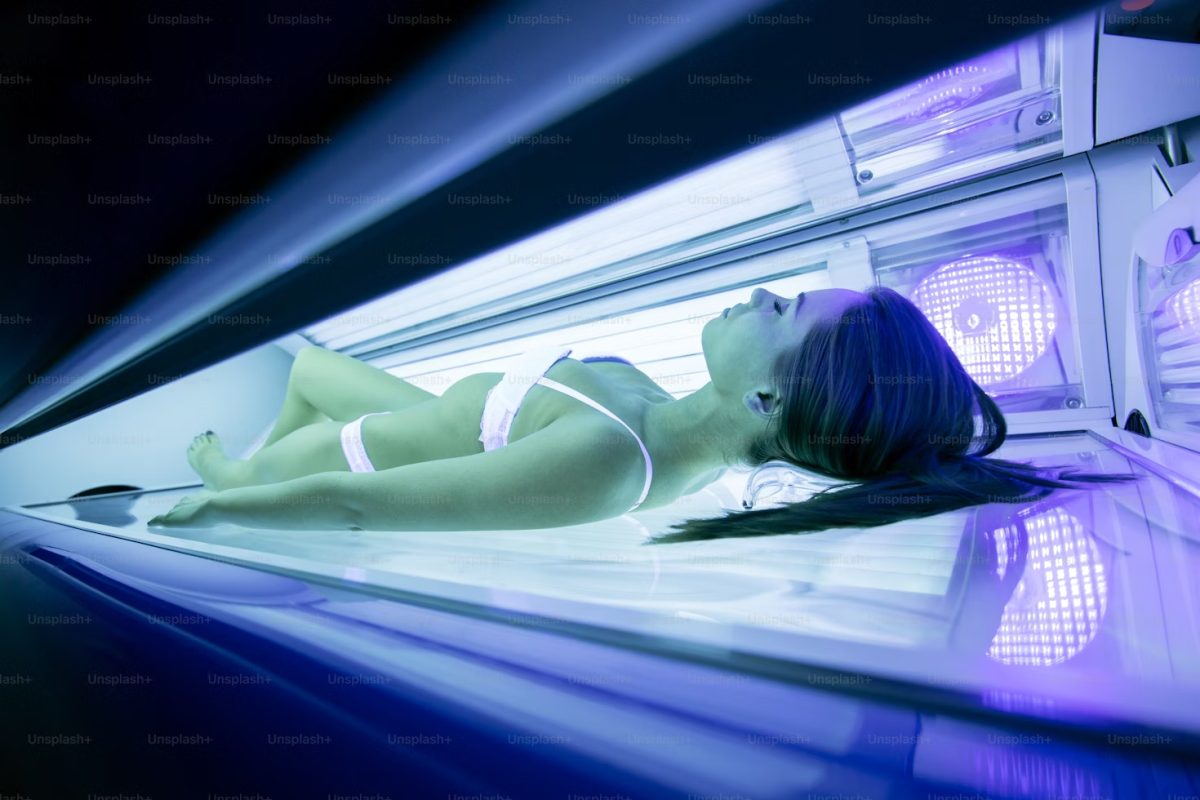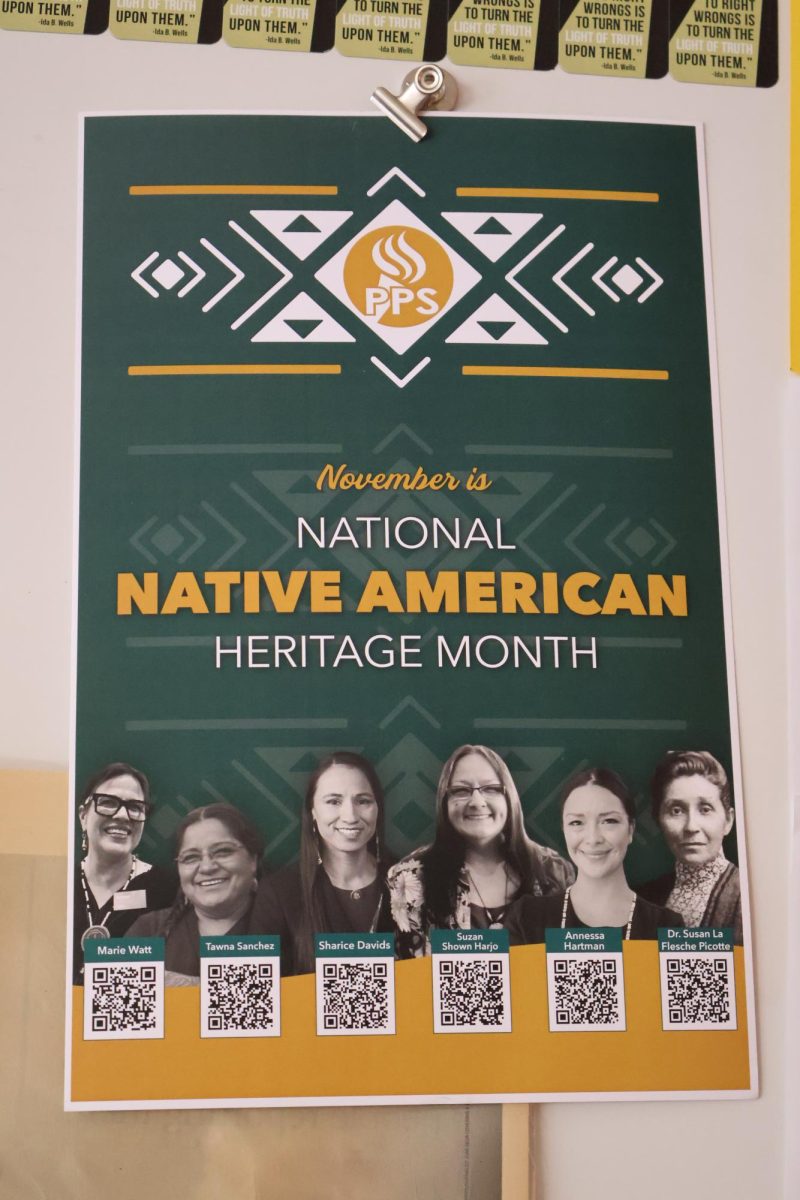It is no secret that “white” has been the dominant culture and standard of beauty in the West for centuries, making the popular beauty trend of tanned skin very questionable. This is especially the case for people of color, many of whom have been taught to strive for the unachievable goal of whiteness.
While it might seem the opposite, tanning is still a very exclusive beauty trend. Anyone can tan, but when is the last time you’ve seen someone of color in a tanning bed? How often are brown people complimented on their tan? Tan skin, something people of color have naturally, is yet another thing that centers around white people. “People are like, ‘Oh my god I love your tan.’ But it would be so weird if someone came up to me like, ‘Oh my god I love your skin,’” said Simone Bell, a sophomore at Ida B. Wells-Barnett High School.
It would be easy to mark off the trend of tanning as progressive because darker skin is put above pale, but as usual, people of color still don’t meet this so-called “beauty standard.” Instead, it’s white people trying their hardest to imitate them. So for some people of color, “tanning” comes off as a particularly cruel taunt, saying “We want exactly what you have, just not on you.”
This is nothing new. Throughout history, people of color have had pieces of their culture taken and rebranded on a white body. “Be it fashion, beauty or music. Black is cool, unless you’re actually black,” says journalist Wanna Thompson in an interview with the Guardian.
Tanning itself is not a problem, a tan is near inevitable if you go outside during the summer, especially in places close to the equator. The controversy arises with the extreme lengths people will go to to get their desired tan. High amounts of sun exposure are notoriously harmful to the skin as UV rays (UVR) have been proven to increase the risk of skin cancer and age skin. The National Institute of Health (NIH) estimates that 65% of melanoma and 90% of non-melanoma skin cancer is a result of UV. Yet, it’s extremely popular for girls to lay in the sun for hours on end, usually with nothing more than a bikini.
For many, a sunburn is just a minor drawback to getting a tan. Tanning beds are a common alternative that is often advertised as safer but in reality, they can emit 10 to 15 times the amount of UVR than direct sun exposure, according to the NIH.
There are other safer, non-cancer-inducing alternatives to sun tanning or tanning beds such as spray tans, tanning lotion and tanning oils. With all these methods of darkening your skin, it can’t help but beg the question, why do white people want darker skin so badly?
Previous to the 20th century, pale skin was the ideal skin tone for European and American women. It was seen as a mark of beauty and wealth, with women going to great lengths to maintain their paleness. This was mostly because if you were poor, or at least working class, you were working outside and as a result, getting tan. Toxic bleaching products, parasols, sun hats and more were heavily advertised and essential for any high-class woman. It wasn’t until the 1920s and 1930s that there was a dramatic shift in advertising—at least in highly popular magazines.

No one knows for sure what caused this cultural shift from pale skin to sun-kissed. It’s possible that as typically lower-class jobs became indoors rather than outdoors in the sun, a tan was no longer associated with hard work but instead free time to vacation and other leisure, like it remains today.
Seemingly innocent beauty trends such as skin tanning can be really harmful, both on a physical and a societal level. At the end of the day, we all get to choose what we do with our bodies, but it’s important to be careful when valuing certain skin tones over others.









